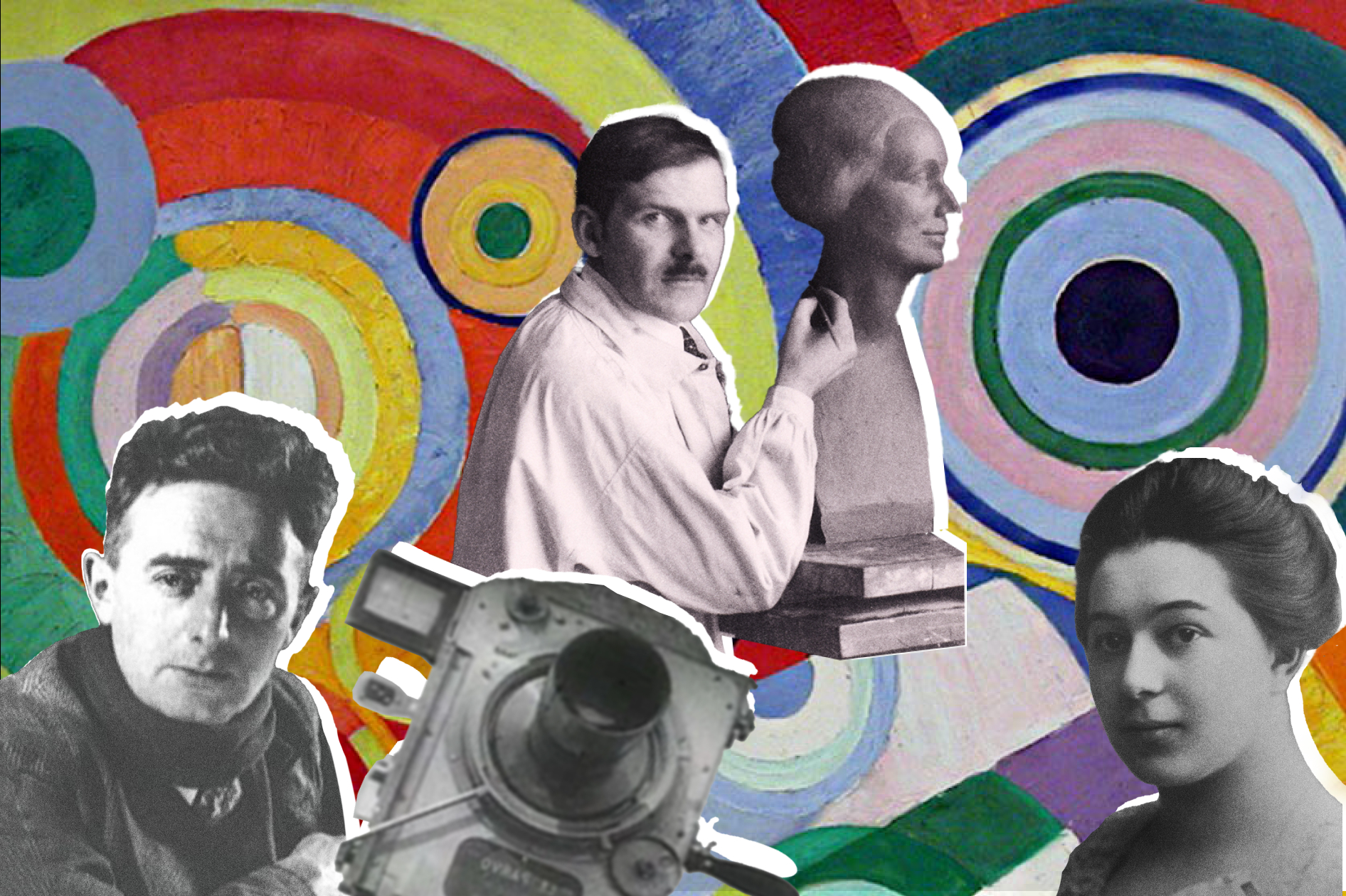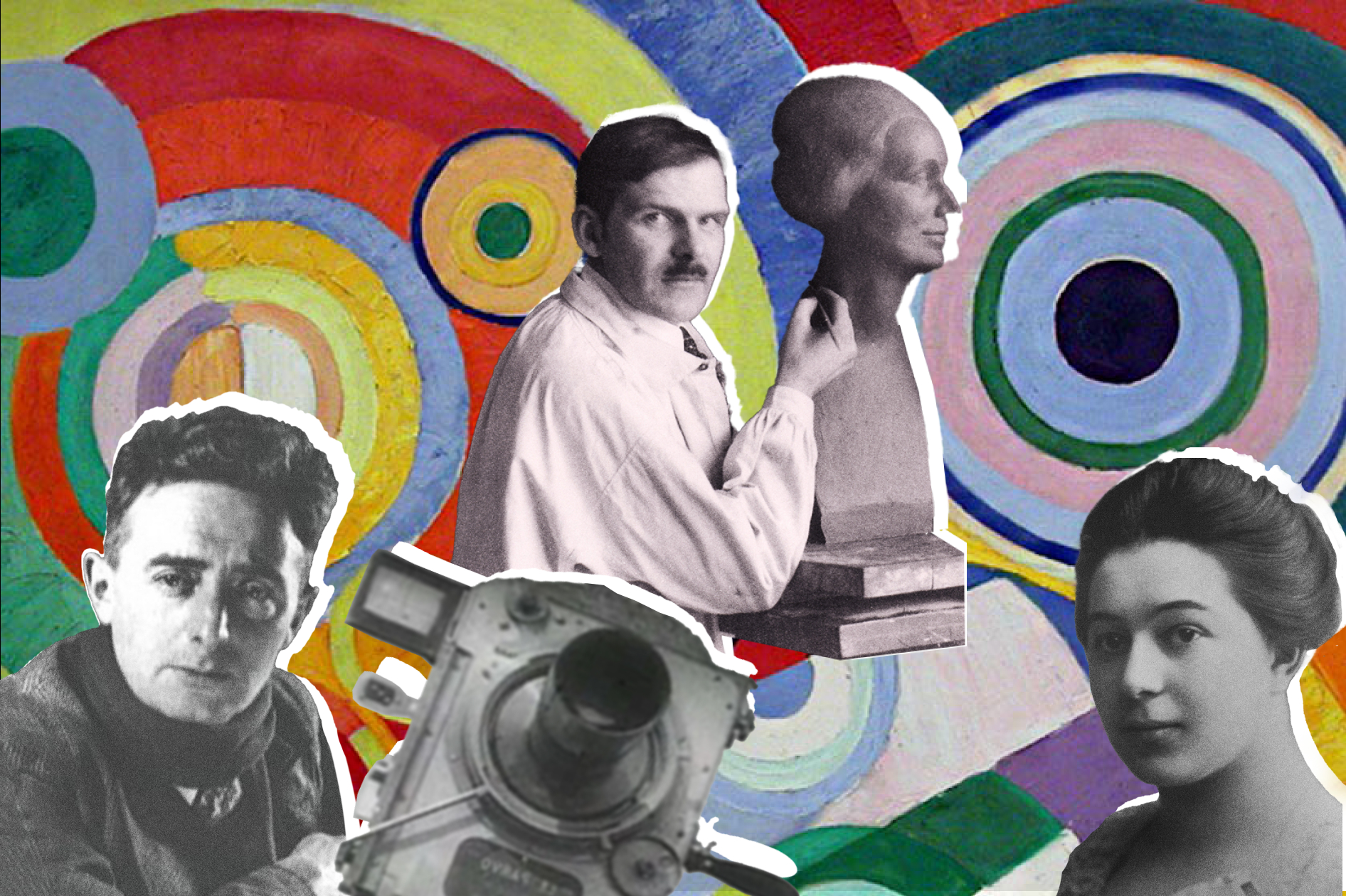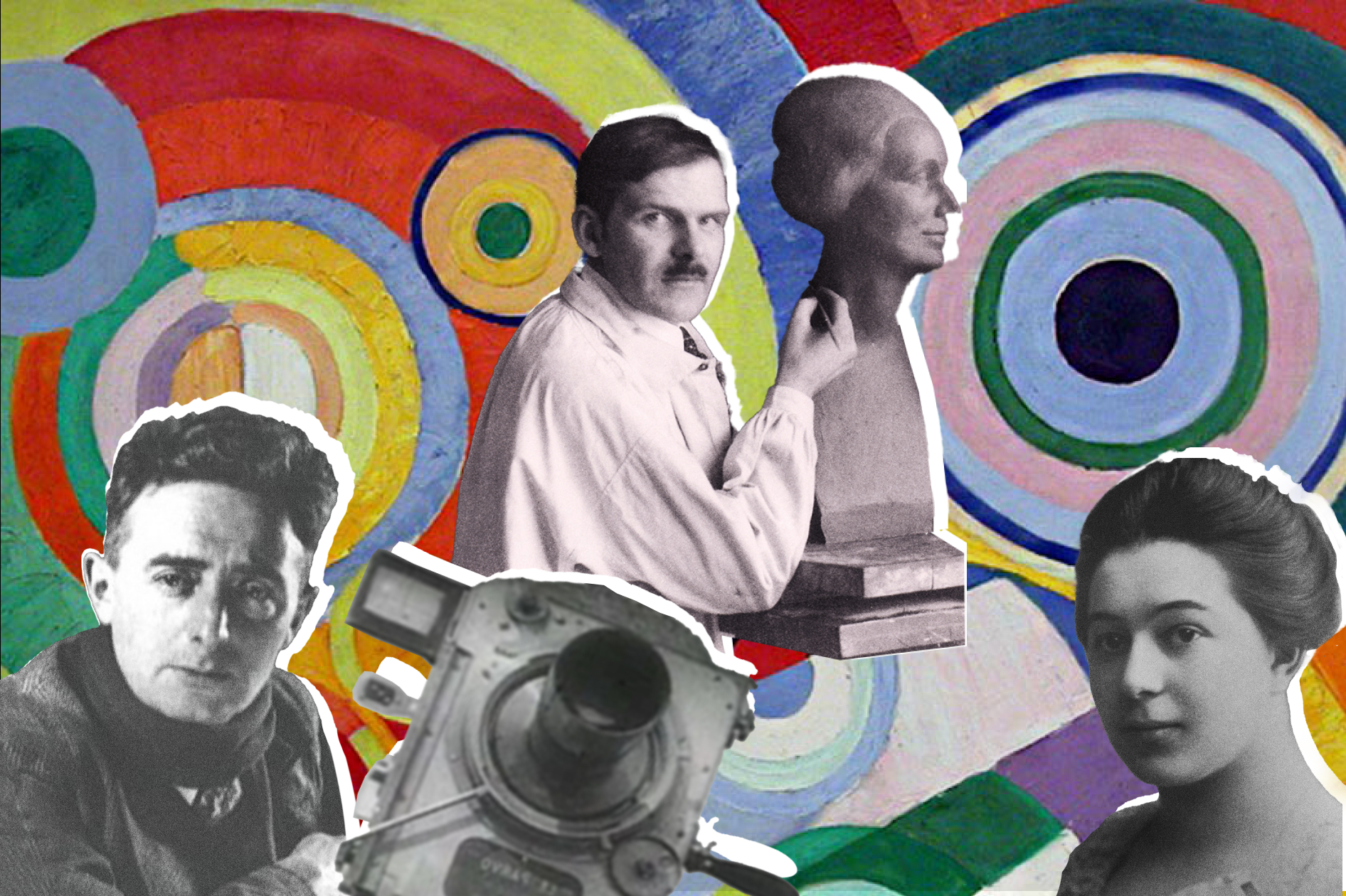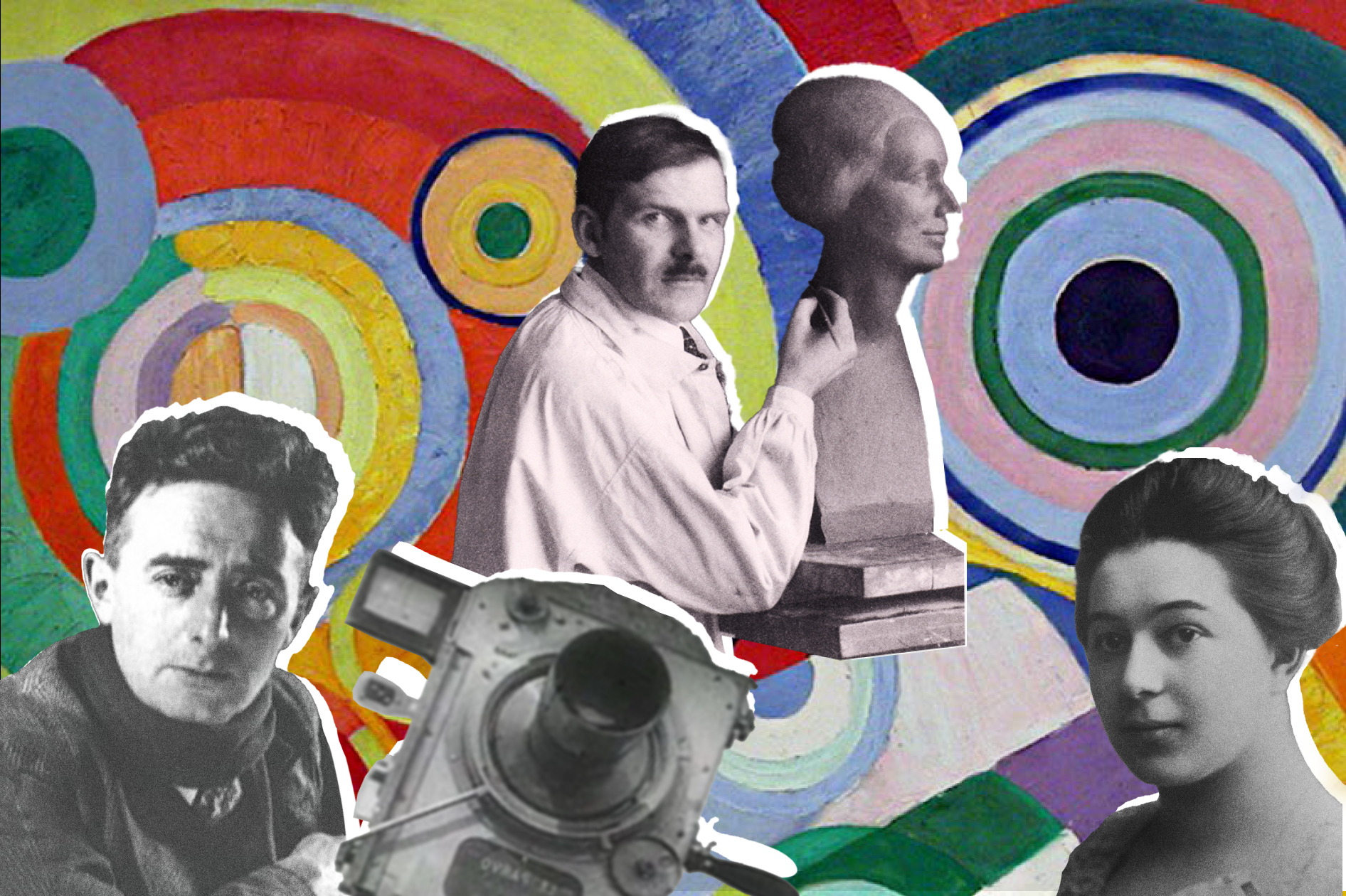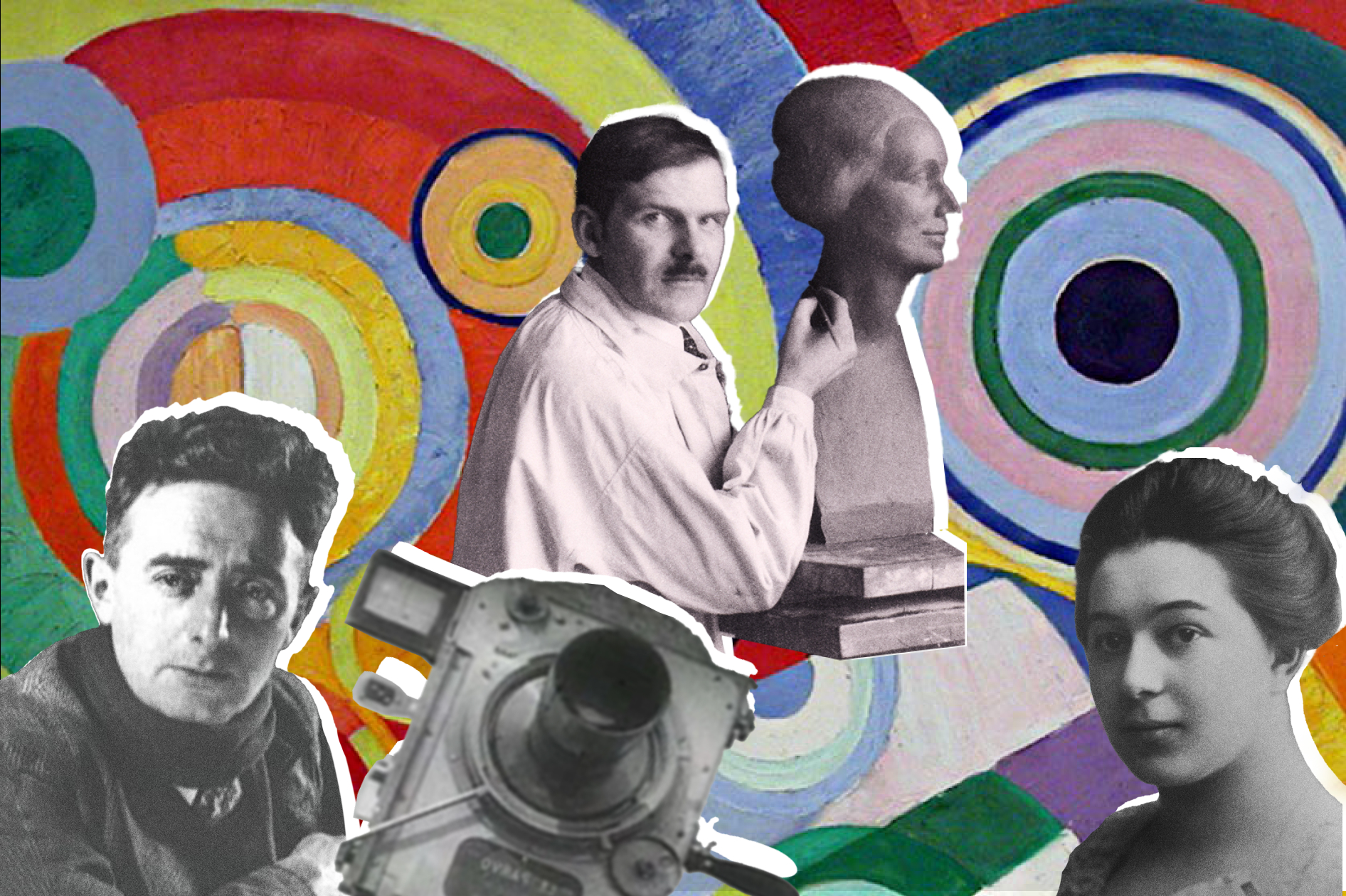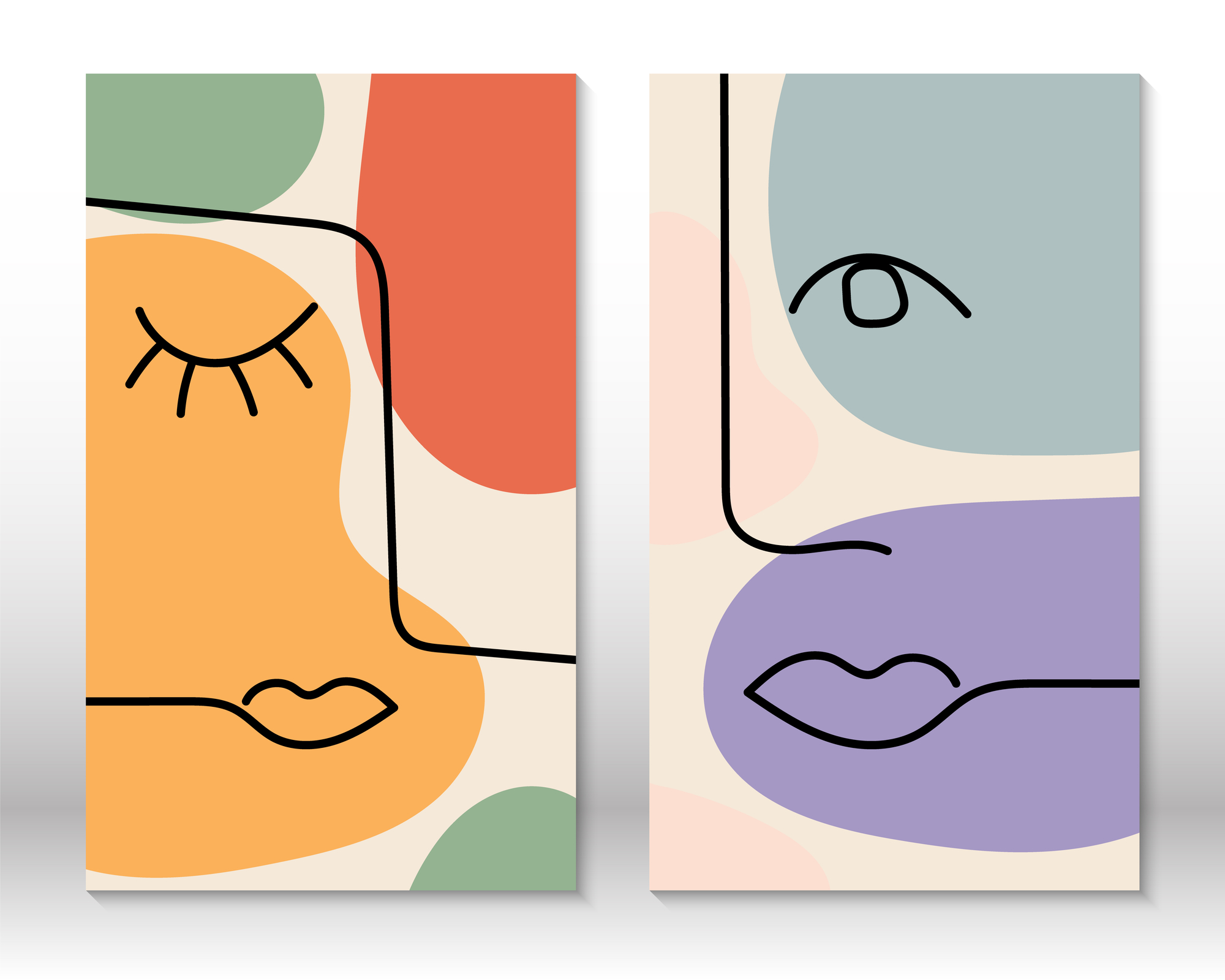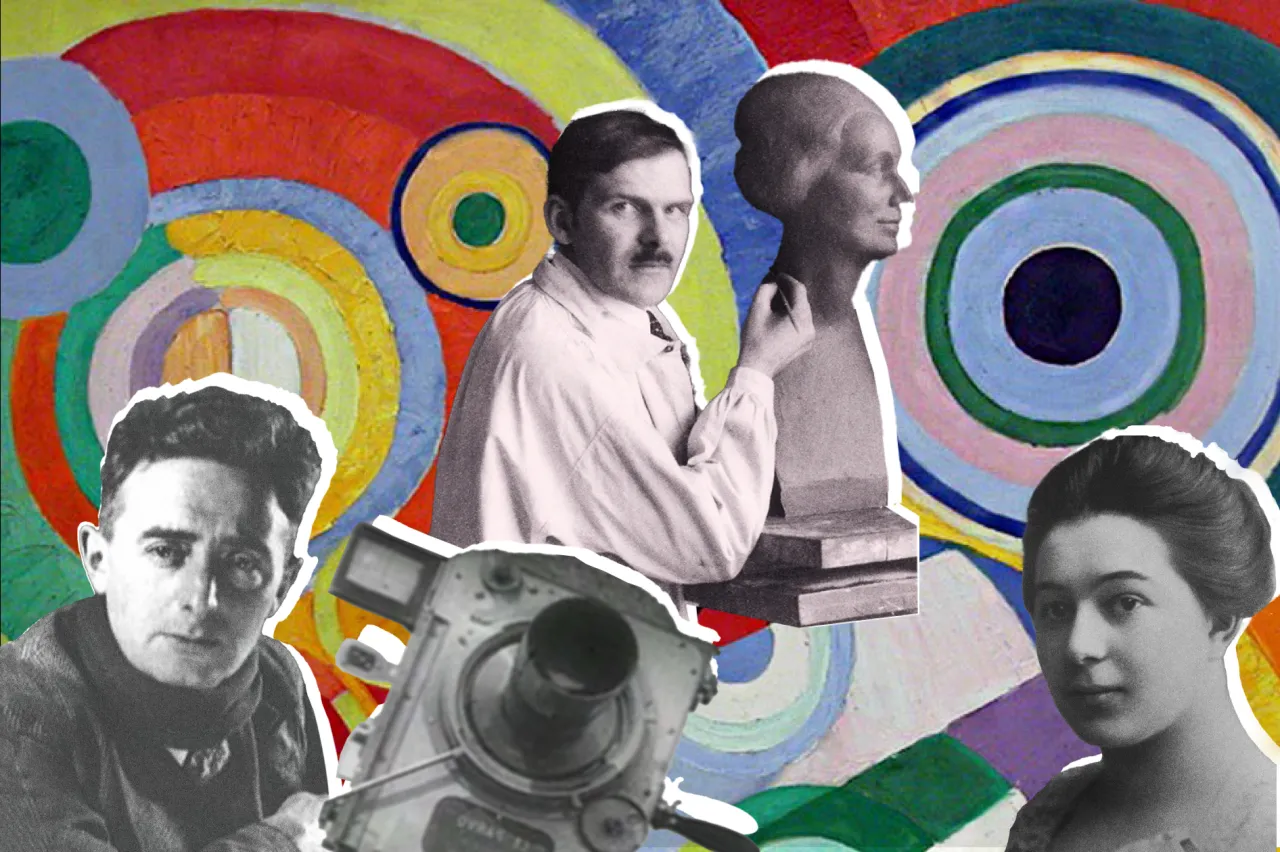What You Can Learn from Iconic Ukrainian Modernists (Dziga Vertov, Sonia Delaunay, and Olexandr Archipenko)
What if we said that the creative legacy of famous Ukrainian artists from a century ago is still relevant today? Moreover, evidence of it can be found in iconic movies, collections of well-known fashion houses, and on the streets of nearly every big city.
Today, we’ll tell you about three well-known artists whose lives and creative works are connected to Ukraine: Dziga Vertov, Sonia Delaunay, and Olexandr Archipenko. Each of them has influenced the development of modernism, and has engraved their names into the history of world art.
We’ve analyzed the creative approaches and artistic techniques that allowed these artists to develop their unique style and gain international recognition. We invite you to get acquainted with them too. Maybe, you’ll find some ideas for your creative works, whether it’s photography, illustration, or design.
? Cinema: Dziga Vertov
Show life as it is and don’t be afraid to experiment

Connection to Ukraine
Although Dziga Vertov was born in Poland, he is considered a representative of the Ukrainian Renaissance. The director made all of his major creative discoveries in Ukraine. Here, Vertov shot some of his most famous films. In particular, “Man With a Movie Camera” was filmed in Odesa, Kyiv, and Kharkiv. Dziga Vertov’s oeuvre largely determined the further development of modernism in Ukrainian cinema, which can be seen, for example, in Olexandr Dovzhenko’s films.
Creative legacy and artistic approaches
Vertov is considered one of the founders and theorists of documentary film. He was the first to use the hidden camera method in the 1920s, where a person in the frame was unaware of being filmed. This way, the filmmaker put his main artistic principle into action – to shoot life unexpectedly. It was not until 40 years later, with the advent of high-speed films, light, and soundproof film cameras, that the hidden camera method became widespread.
Dziga Vertov was a founder and an ideological leader of the avant-garde filmmaking collective “Kinoks” (from “kino-oko”, which means “cinema-eye”). Its members spoke out against traditional art forms, primarily live action. They condemned the use of screenplays, actors, and props, calling it all fiction. “Kinoks” based their films on archives, chronicles, and unannounced videotaping of people, making them the first popularizers of the modern authenticity concept.
Compositional arrangement of episodes by the rules of poetry is one of Vertov’s main artistic techniques. He fully realized it in his most famous movie – “Man With a Movie Camera” (in 2014, it was acclaimed as the greatest documentary of all time according to the British Film Institute, BFI rating). The rhythm was an important category for the director. In the “Man With a Movie Camera”, he tried to convey the city’s rhythm, which is why this film is also called a “city symphony”.
Dzyga Vertov invented artistic approaches that can be found in many modern movies. In particular, the cross dissolve effect, when the last shots of one scene overlap the first shots of the next. It can be seen in the Harry Potter series. Slow motion effect is another Vertov invention, and one of the brightest modern applications is from “The Matrix”, in which Neo dodges bullets. Nowadays, directors actively use this technique to enhance scenes and make them more exciting.
Most famous works: “Man With a Movie Camera”, “Enthusiasm: The Symphony of Donbas”, “The Eleventh Year”, “Kino-Oko”.
Style features:
- using metaphors and associations;
- slow motion;
- double exposure;
- extreme close-ups.
? Painting: Sonia Delaunay
Add bright colors to revitalize your images
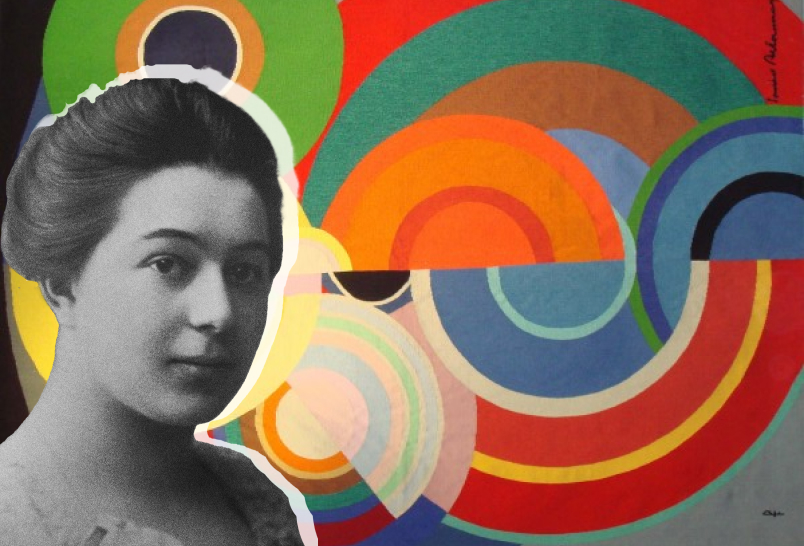
Connection to Ukraine
Sarah Illivna Stern, the girl who would become “the first woman of abstract art” and Europe’s fashion legislator, was born in the Poltava region of Ukraine. She was orphaned at a young age and lived with her uncle’s family in Odesa, before moving with him to Saint-Petersburg. Later, Sonia began traveling around Europe and eventually settled in Paris. However, the artist never forgot her roots and included Ukrainian motifs in her works.
Creative legacy and artistic approaches
Sonia Delaunay’s oeuvre can be described in two words: “color” and “geometry”. She found her style thanks to a blanket she made from colored patches for her son (now, this blanket is stored at the Paris Museum of Modern Art). Madame Delaunay later became the first living female artist to have her works displayed at the Louvre’s personal exhibition.
Sonia Delaunay is considered one of the most prominent representatives of Orphism (also known as simultanism), the art movement she founded with her husband, Robert Delaunay. The couple described it as a “movement of color in the light”. They painted bright concentric circles, which created a dynamic effect. The interpenetration of colors and shapes in Orphist paintings was a key feature through which artists tried to convey the movement and musicality of rhythms. In this case, the subject was considered secondary, with light and color taking a central role.
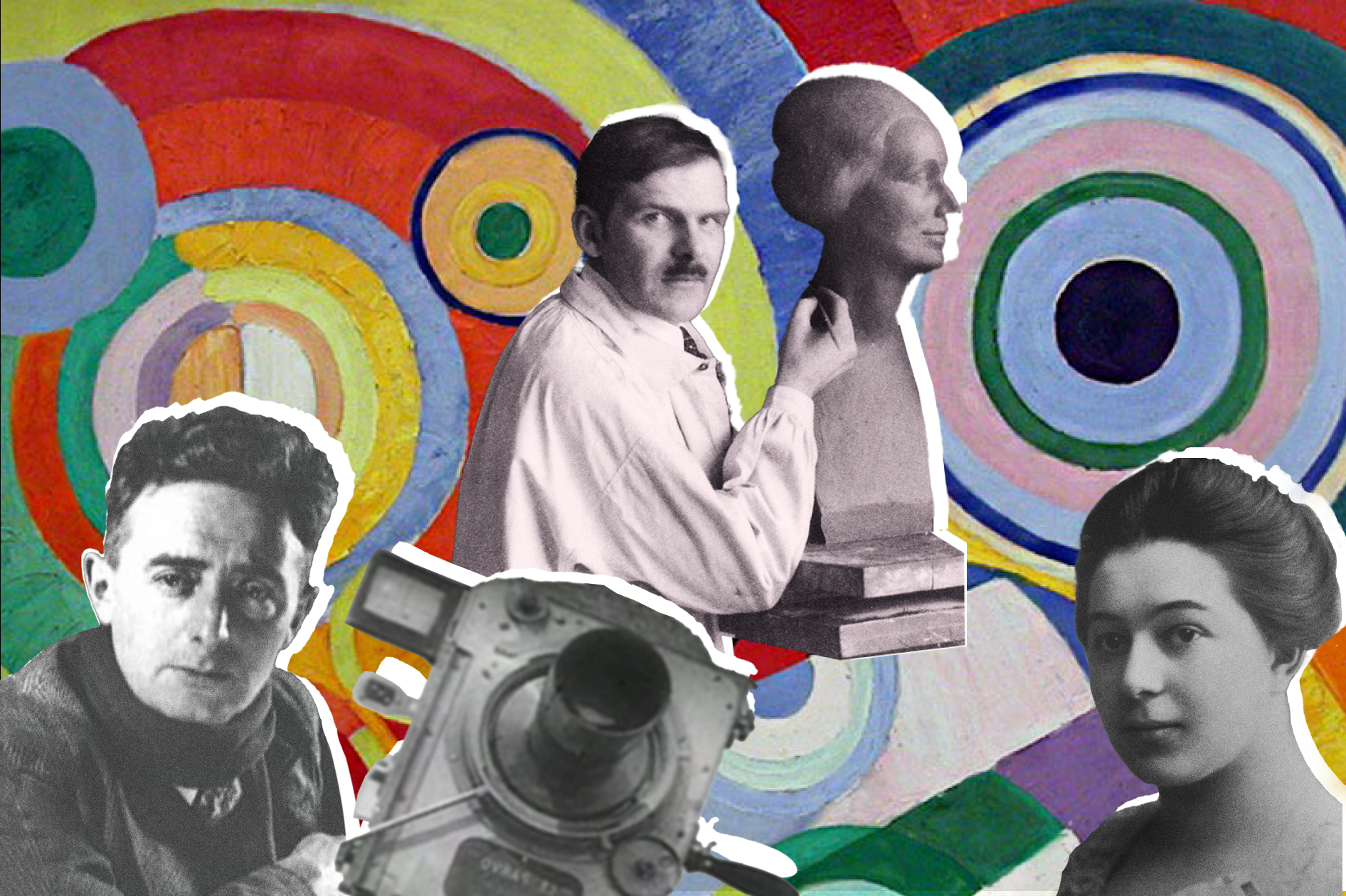
Market at Minho, 1915
Sonia Delaunay was gifted in more than just painting. Her name is closely associated with fashion and design. She popularized “poem dresses”, gowns with real poems written on them. Madame Delaunay also created ballet costumes and decorations, clothing and accessories, car designs, book illustrations, playing cards, and rugs. The artist was declared to be the leading representative of art deco, combining modernism and avant-garde, and her artistic works contained “The balance of volume and color and a great sense of rhythm“.
Sonia Delaunay’s artworks are taking on new life today, with her bright geometric prints inspiring famous brands, such as Dolce&Gabbana, Missoni, and Dior. She explained her love for colors with her childhood memories, “Colors from my childhood, from Ukraine. Memories of peasant weddings in my country, when the red and green skirts were adorned with colorful ribbons”.
Most famous works: “Market at Minho”, “Flamenco singer”, “Electric Prisms”, “Philomene”.
Style features:
- bright colors;
- contrasting combinations of shades;
- geometric structures;
- dynamicity of image.
? Sculpture: Olexandr Archipenko
Try to fill the empty space with meaning

Connection to Ukraine
Olexandr Archipenko was born in Kyiv and began studying painting there. He attended the Kyiv Art School from 1902 to 1905, but was expelled for participating in a strike. Later, Archipenko continued his art studies with artist Serhiy Svetoslavsky, and in 1906 he organized the first exhibition of his works. That year, he also moved to Moscow, and two years later moved to Paris, where he founded his own school. In the French capital, Olexandr Archipenko lived in a famous art colony La Ruche (“The Beehive”), which also housed Sonia Delaunay and a few other Ukrainian artists (for example, painters Nathan Altman and Volodymyr Baranov-Rossine).
Creative legacy and artistic approaches
Archipenko was one of the first cubist sculptors, and greatly influenced the development of modernism in Europe and the USA. He was also the first Ukrainian to participate in the Venice Biennale. The sculptor’s works, which Pablo Picasso and Guillaume Apollinaire highly regarded, are on display in the world’s most famous museums, including the Centre Pompidou in Paris, the Solomon R. Guggenheim Museum in New York, museums in Berlin, Stockholm, and many more.
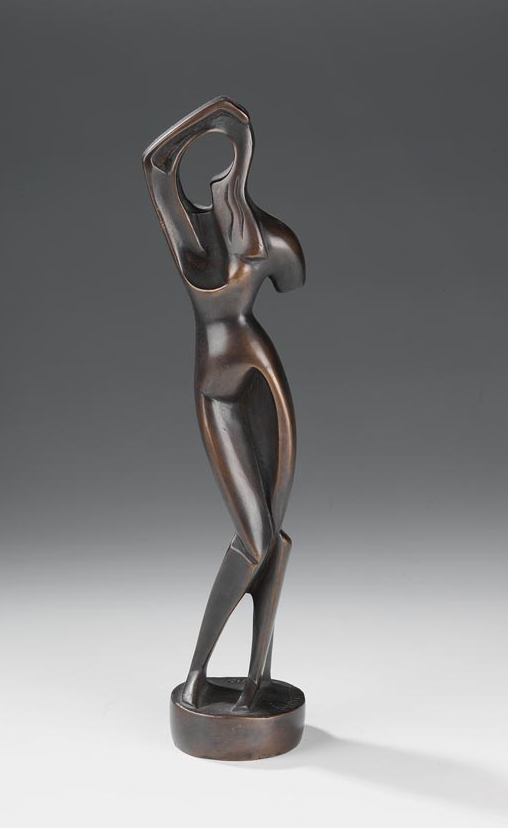
“Woman combing her hair”, 1915
What made him so famous? Olexandr Archipenko was a true innovator in sculpture, creating a new type of relief sculpture – “sculpto-paintings”. He used concavity and void as artistic tools. The void near an arm in one of his most famous works, “Woman combing her hair,” is an example of a cut-through form used as an expressive element (it sold at Christie’s auction for more than $2 million in 2015).
Being a pioneer of cubism in sculpture, Olexandr Archipenko used the language of geometric shapes to depict the human body. He was the first to use such elements as faceted surfaces and negative space. The Ukrainian artist is also credited for animated painting and the special “Archipentura” mechanism (named after the author). In 1927, Archipenko patented an invention described as a method of design of variable images. It was a large box with а movable frame. It had metal and plexiglass strips attached to it, decorated with elements of painting. These strips moved due to electricity, and the image “came to life.” Today, we can see modernized versions of this invention in rotating billboards.
Most famous works: “Woman combing her hair”, “Boxers”, “Blue Dancer”, “The Gondolier”.
Style features:
- laconic compositions;
- plasticity;
- constructibility;
- negative space.
These stories on how Ukrainian artists have influenced the development of world art are awe-inspiring. A century ago and today, their works inspire creative experiments and motivate us to not be afraid of going against the rules, because this is how unique style is born. Hopefully, you will also find what approaches you can borrow from these iconic creatives.
